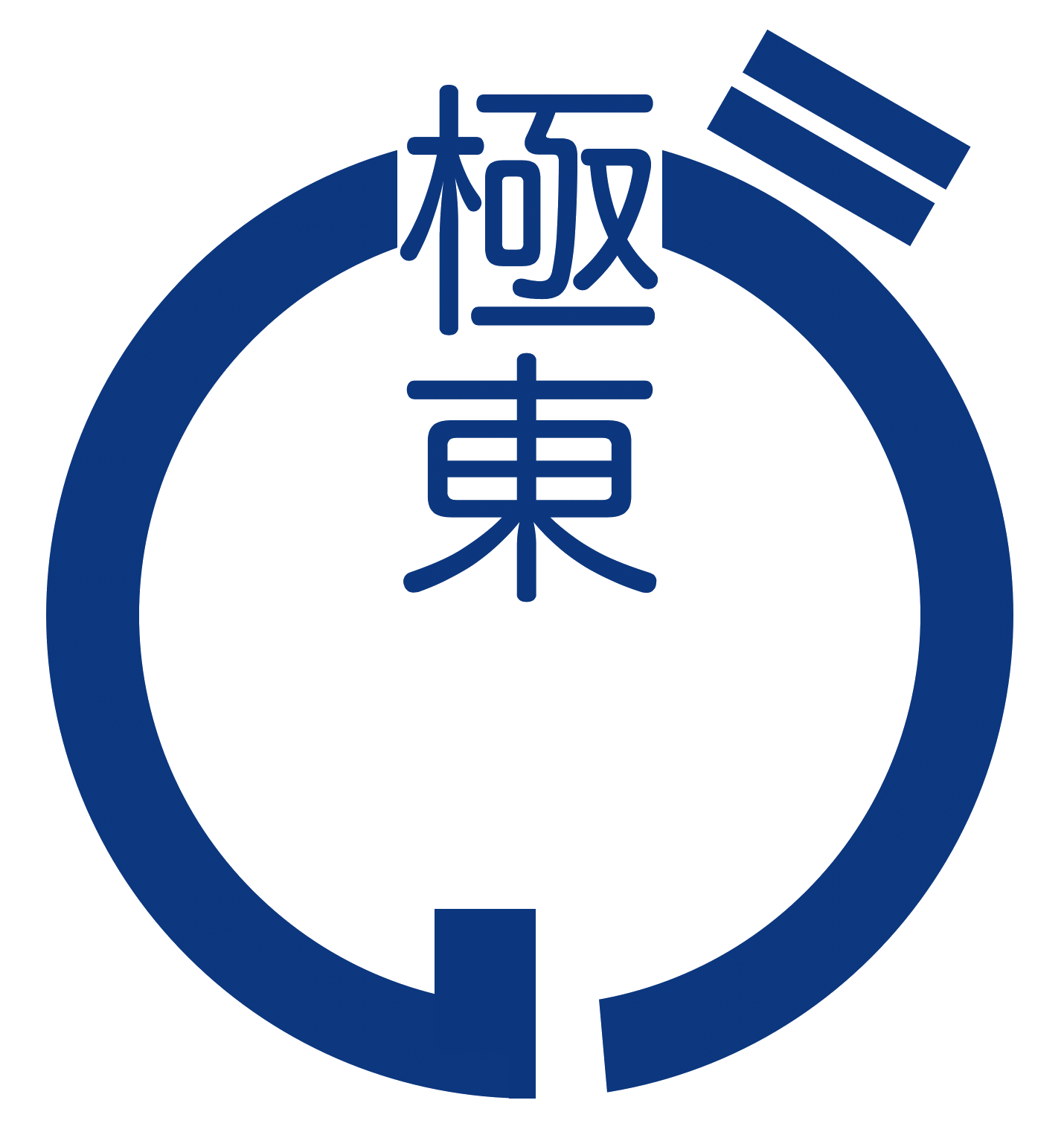Corporate Profile


Whereas rubber expansion joints monitor the thermal expansion and contraction of piping, rubber flexible joints monitor the eccentricity in piping (deviation of the direction perpendicular to the axis) caused by occurrences, such as land subsidence. The installation purposes and usage of rubber flexible joints are mentioned below. We also offer rubber flexible joints according to specifications such as piping material, installation angles, and connection methods with piping.
・
Monitoring relative offset due to land subsidence
・
Monitoring earthquake and repeated displacement
・
Monitoring thermal expansion and contraction
・
Absorption of vibration generated by machinery
・
Water and sewerage piping (e.g. water and sewerage piping, pump piping)
・
Agricultural water (e.g. piping for rainwater, drainage)
・
Civil engineering equipment (e.g. piping for muddy water emission, water supply)
・
Port facilities (e.g. piping for crude oil loading, rinse water)
・
Power plant piping (e.g. piping for circulation water in nuclear, thermal, geothermal power plants, fire protection)
・
Piping for various plants (e.g. piping for chemicals, water supply and drainage)


・
Excellent flexibility and resilience, as the primary material is rubber.
・
Reinforcement rings and material are positioned inside of the rubber allowing for a durable and stronger structure.
・
As the primary material is rubber, it can monitor large displacements in short interplanar dimensions as well as repeated displacements, such as those caused by earthquakes.
・
As the flexible joint is of an integrated structure, it is superior to metal joints in terms of waterproofing.
・
Since the primary material is rubber, its electric insulation is superior and can absorb vibration and noise generated by machinery.
・
Since the rubber flexible joint is lighter in weight than a metal joint, handling and installation are easy.
・
Since the material of the inner surface rubber can be selected according to the fluid flowing through the inside, a wide range of usage can be applied.
Rubber flexible joints are available based on usage in the following products.

Features
・
High pressure-resistance. Uses synthetic fibers and reinforcement ring (SGD400-D equivalent). Possesses high pressure-resistance against internal and external pressure.
・
Large amount of displacement in short interplanar distance.
・
Rubber flange structured and needs no packing.
・
No exposed metal parts in the inside surface. The inner surface is all rubber with excellent corrosion and abrasion resistance.
・
Strong integrated structure and excellent durability.
・
The inner surface is smooth and hydraulic resistance is small.
・
Good attenuation effect of vibration and noise transmission.
・
Lighter in weight than a metal joint allowing for easier handling.
・
Electric insulation is superior and effective in electrolytic corrosion prevention.
・
Usage is tremendous by selection of inner surface rubber material.

Features
・
Bellows structure and low reactive force.
・
Integrated structure and full waterproofing.
・
Absorbs displacement in all directions.
・
Accommodates repeated displacement.
・
Absorbs large expansion/contraction in short interplanar distances.
・
Rubber flange with no need for packing.
・
Ideal for mounting on diagonal piping.

Features
・
High pressure resistance. Uses synthetic fibers and reinforcement ring (SGD400-D equivalent), and possesses high pressure-resistance against internal and external pressure.
・
Mouthpieces at both ends allow for joining of various piping.
・
The inner surface is smooth and hydraulic resistance is small.
・
Corresponds to weight of 25-ton truck.

Features
・
Absorbs displacement in all directions. Although eccentricity, bending, twisting, and displacement will occur at the same time during earthquakes, a smooth absorption of displacement is possible.
・
Absorbs repeated displacement. During large earthquakes, several dozen aftershocks with an intensity of 3 or more on the seven-stage Japanese seismic scale and several hundred main shocks and aftershocks combined can be expected to be applied on the pipeline. Absorption of this displacement is possible.
・
Absorbs high-acceleration displacement.
We can also accommodate for special shapes not mentioned above.